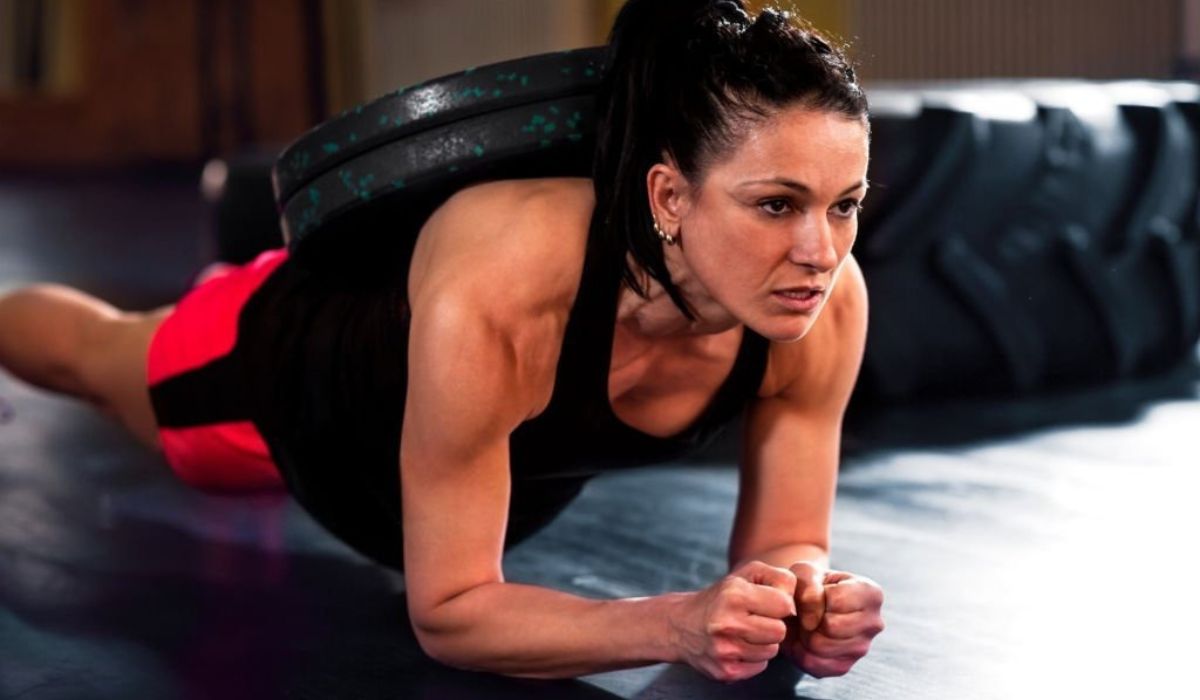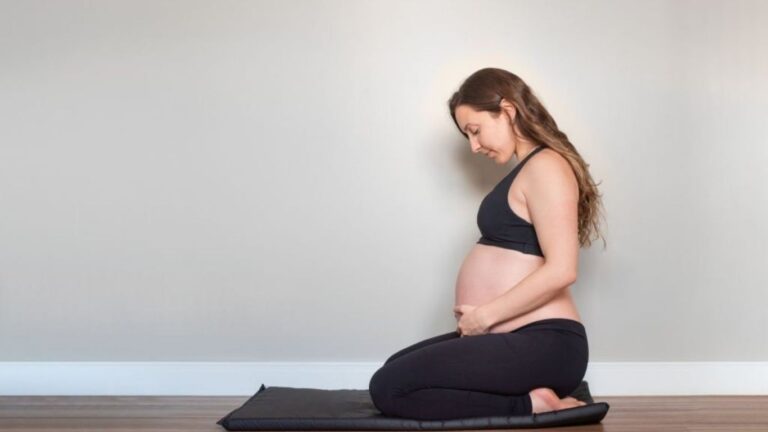Want a Stronger Core? Add Weighted Planks to Your Routine
When it comes to building a solid, stable core, planks are often one of the first exercises recommended. They engage the abs, glutes, shoulders, and even your back muscles. But once your body adapts to the basic version, you might feel like you’ve hit a plateau. That’s where weighted planks come in.
By simply adding extra weight to your back—or using a weighted vest—you can turn a basic bodyweight plank into a high-resistance move that fires up your entire core and builds strength faster.
What Are Weighted Planks?
Weighted planks are a tougher version of the traditional plank. Instead of relying solely on your bodyweight, you add extra load, typically by using a weight plate or weighted vest. This added resistance increases the challenge on your muscles, making them work harder to maintain the plank position.
Weighted vs. Regular Planks: What’s the Difference?
The key difference lies in resistance. A standard plank builds strength using just your bodyweight. It’s great for beginners or those looking to improve stability. But if your goal is stronger, more defined core muscles, or to burn more calories, weighted planks give you that extra edge.
With weighted planks, your core, shoulders, and arms have to fight against additional pressure, which helps activate muscle fibers more deeply. It’s not just about holding the pose longer—it’s about holding it with more control and intensity.
Muscles Worked During Weighted Planks
This simple-looking exercise targets multiple muscle groups, including:
- Rectus abdominis (the “six-pack” muscles)
- Transverse abdominis (deep core stabilizer)
- Obliques (side abs)
- Erector spinae (lower back muscles)
- Deltoids and triceps (shoulders and arms)
- Glutes and quads (hips and thighs)
So while it’s called a “core” move, the benefits go far beyond your abs.
Why You Should Try Weighted Planks
Here’s what makes this variation so effective:
1. Stronger Core Muscles
The added weight increases resistance, forcing your core muscles to work harder. Over time, this helps build strength, stability, and even improves your posture.
2. Burns More Fat
Engaging more muscle groups means burning more calories. Studies suggest that adding resistance to bodyweight exercises can enhance fat loss, especially when done consistently.
3. Improves Balance and Coordination
Holding the weighted plank position challenges your body’s natural ability to stabilize itself. This helps improve your balance, especially useful for athletes or people who do functional training.
4. Increases Muscle Endurance
The longer you can hold a plank under pressure, the better your endurance. Weighted planks push your muscles to adapt and build stamina over time.
5. Boosts Metabolism
Adding resistance creates an after-burn effect—your body continues to burn calories even after your workout is over. That’s a bonus if you’re aiming for fat loss or weight management.
How to Do Weighted Planks Properly
To get the most out of this move—and avoid injury—form is everything. Here’s a step-by-step guide:
- Start in a forearm plank position. Keep your elbows aligned under your shoulders and your body in a straight line from head to toe.
- Engage your core, glutes, and thighs. Avoid arching your back or letting your hips sag.
- Add weight carefully. With the help of a partner or trainer, place a small weight plate (1–2 kg) on your upper back, between your shoulder blades.
- Hold the position. Start with 15–20 seconds and work your way up to 60 seconds as you get stronger.
- Progress gradually. Don’t rush to use heavier weights. Focus on maintaining proper form with light weights before progressing.
Tip: If you’re training alone, use a weighted vest instead of a plate for safety and convenience.
Who Should Avoid Weighted Planks?
While effective, this exercise isn’t for everyone. You should avoid weighted planks if:
- You’re pregnant: The position and extra pressure can be harmful.
- You suffer from lower back, neck, or shoulder injuries: The added weight can aggravate existing conditions.
- You’re a senior with mobility or joint issues: Holding a stable plank with weight can be risky.
- You’ve never done regular planks before: Master the basic form first before adding resistance.
Final Thoughts
Weighted planks are an excellent upgrade to a classic core move. They build strength, improve posture, help burn fat, and challenge your stability in a way that basic planks can’t. However, like any advanced movement, they should be performed with care—start slowly, focus on form, and listen to your body.
If you’re serious about building a stronger core, try incorporating weighted planks into your routine 2–3 times a week. And whenever possible, consult a certified trainer to guide you through proper technique and progression.
FAQs
1. Can I do weighted planks every day?
It’s best to allow at least a day of rest between heavy core workouts. Aim for 2–3 sessions per week.
2. What’s better—weighted planks or sit-ups?
Weighted planks target more muscle groups and are safer for the spine compared to sit-ups, which can strain the lower back.
3. Can I use a backpack instead of a weight plate?
Yes! A loaded backpack can serve as a substitute for a weight plate; just ensure it’s evenly packed and not too heavy.







